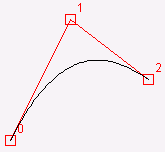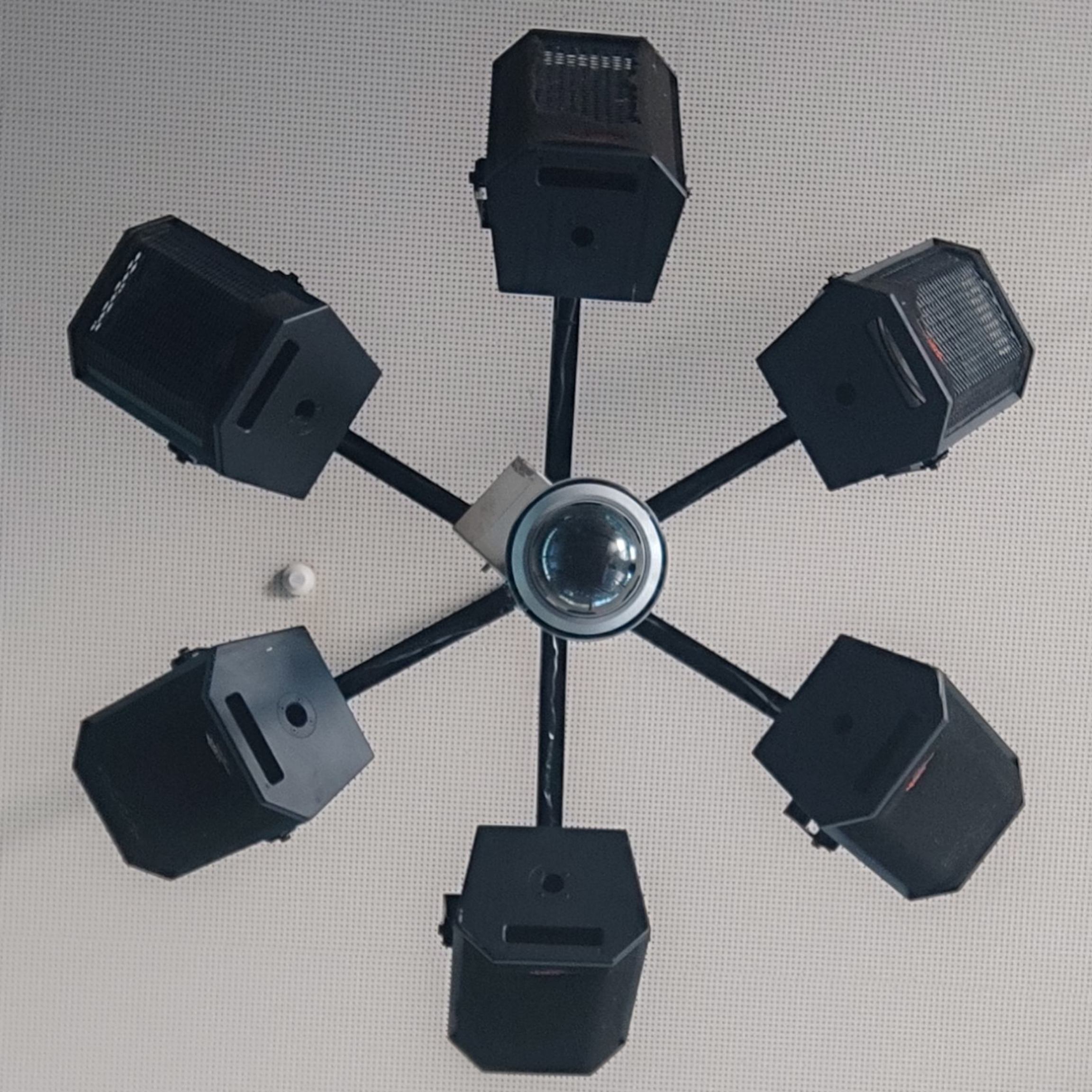Another cloud free day in Scotland let me catch almost 9 hours of this huge and lively prom. Taken with my home made 90mm modded Coronado PST and DMK21 camera. Software: CdC, Eqmod, DSSR, AutoStakkert!, Wavesharp, DVS, Shotcut and Gimp.
David Wilson on April 8, 2025 @ Inverness, Scotland
https://spaceweathergallery2.com/indiv_upload.php?upload_id=221951
The “earth to scale” really boggles my mind 🫨
Thank you, I didn’t even see that.
Needs banana
It’s there, you just gotta zoom in a bit.
There is banana on the Earth
it really puts things in perspective…
Looks like the video is about 20 minutes of real time per 1 second of video. There are dops of plasma that fall further than the diameter of Earth in less than one in video second… which means the plasma is falling the more than the diameter of Earth in less than 20 minutes. That’s close to 100,000 mph or 160,000 kph. Dang
About 0.01% of the speed of light. I got a Lorentz factor of 1.00000001 so not quite fast enough for relativistic stuff.
The description states it was ~9h of video
Description says the poster caught 9h of video, but based on the clock watermark in the top left, what is shown is about 7.5h of video (maybe cut for the interesting bits/highest quality) from 0830ish to 1600ish) at a rate of roughly 20 minutes of real time per 1 second video time, as the original commenter pointed out
All that energy and here we are burning oil like cavemen in the dark.
Caveman didn’t burn oil 🤓
They might have soaked fabric or some other material in animal fat (which is just oil that’s solid at room temperature), wrapped it around the end of a stick, and lit it on fire. 🤓🤓
checkmate communists
And, if they did, it probably wouldn’t be dark anymore.
Well I can’t ram the sun up the ass of my Silverado. Although if I outlive that thing, I’m replacing it with a horse or something. New vehicles freak me out man.
Come on tell tech daddy where you go on weekdays & weekends for how long at what speed with how many passengers!
You know any efficient way to harness that energy?
Solar panels?
Haven’t seen a solar panel that can take a cloud of plasma many times the size of earth.
The most efficient, a NASA solar panel that cost tens of thousands of dollars and uses fucking gold foil, is only 30% efficient. So try again.
Who said you need to catch all of it in a single panel??
The reason nasa goes overboard (though, not really), is because it’s worth it for space stuff. On the surface we have an abundance of space
Modern residential solar panels are around 22-24% efficient.
And why are you worried about the rest of that energy? You worried it’s gonna be lost?
Yeah just grab a handful.
Doesn’t take a genius: Dyson Sphere
Doesn’t take a genius
Dyson Sphere
I assume that’s sarcasm 😂
Roughly you need at least 906.000 km² of 1x1m solar panelling.
I know a guy.
That’s actually not the worst. It seems doable to produce that much square area of solar panels, even for a civilization like us. We need about 500 000 square kilometers of solar panels on the Earth’s surface to power our global electrical needs. This is within the realm of possibility
The more tricky part is to actually position it around the sun, that part is what makes it impossible for our current tech level and space infrastructure
Yeah the possibilities of a solar field on the moon is much more sensible.
It never loses suction
Corn has been doing that. We only need to wait for the oil lobby to die and then science will probably figure things out…
tng dyson sphere, except the star end up killing or causing the civilization to abandon the sphere.
It’s crazy this guy is just doing this on his own. Looks like something from NASA to me.
So dumb question, but what’s causing the gap between the plasma cloud(?) and the surface? And is that gap filled with something that is invisible?
Plasma is electrically charged, so it interacts with magnetic lines.
The sun has magnetic field lines just as the earth does. It also rotates. But- since it’s not solid, it doesn’t have to rotate all at the same speed. The plasma in fast-rotating regions drags the field lines further than the plasma in slow rotating areas, creating weird loops, breaks and reconnections in the field lines. I’m almost certain that what we’re seeing in this lovely bit of photography is a cloud of plasma travelling across, or trapped by one of those rogue field lines which has been pushed upwards from the surface by differential rotation.That’s fascinating. Thank you for sharing!
Nuh-uh, come on, that can’t be real. So cool.
Even cooler: solar flares and mass ejections come about when one of the lines snaps like a whip and hurls billions of tonnes of plasma into space. Search: solar magnetic reconnection.
I see words in this thread but don’t understand, but are you saying here that those streams / clouds are taught? In order to be snapped.
Yes, the material the streams are made of is magnetic, and there is a strong and unusual magnetic field around the sun. So those streams are trapped by magnetism.
The dynamics there due to sheer gravity, magnetism and levels of energy/radiation that are utterly alien to our daily experience.
I get some of the basic underlying mechanics, but I absolutely cannot comprehend it. Incredible.
A guess: doubly ionized helium vs. singly ionized helium. They absorb different amounts of radiation (have different opacity). At high opacity it gathers heat and subsequently expands. At low opacity it lets the heat pass through, subsequently cools and condenses.
(This is the mechanism that makes Cepheid stars regularly and predictably change intensity. The same mechanism is probably present in other stars too, and causes local processes that we cannot observe from another star system… but can observe in the Sun.)
Alternatively, there could be a multitude of other effects doing something similar.
This is the mechanism that makes Cepheid stars regularly and predictably change intensity
Doesn’t it also make the Cepheid noticeably swell (then deflate) in circumference? Or does it maintain the same basic size, and it’s just storing magnetic bubbles of hot plasma like a halo, before bursting and releasing all that accumulated material?
To my understanding they do chance circumference. The opaque doubly ionized helium forms at high temperature, expands until temperature drops (change in circumference), drops to singly ionized after expansion, and gets doubly ionized again after contraction (another change in circumference). In Cepheids, it’s uniform across the whole star.
Thus, your question makes me doubt my original speculation that it’s helium changing ionization levels. The way some material “climbs up” into the arc in this video (from the right end, at one point of time) while other material “rains down” make a magnetic explanation (proposed by others here) seem more plausible.
This image is cool as fuck. No! Wait. This image is hot as fuck.
It’s both!
( ͡° ͜ʖ ͡°)
God damned KDE devs at it again /s
Absolutely amazing that you could capture that with “amateur” equipment, although it is clear from your post that a lot went into this. Bravo!
fuckin love the fediverse
For comparison the distance from the plasma cloud to the sun’s surface is about how far communication satellites in geostationary orbit are above Earth.
I know all kinds of nerdy things.
If the earth to scale is accurate, the drops coming to the surface might be approximately close to the land mass of a large continent.
Space is fuckin big man
Amazing capture! Easily one of the best I’ve ever seen.
We should look at the sun more. Follow me for more good advice.
That is mezmerizing. Is there any way to know how big this thing is?
See Banana Earth for scale, top left?
Totally missed that. Thx.
That thing is massive!
Another cloud free day in Scotland let me catch almost 9 hours of this huge and lively prom.
As soon as I read the word “Scotland”, my brain went back and revised this to be read in Scott Manley’s voice.
Thanks, now mine did too

















